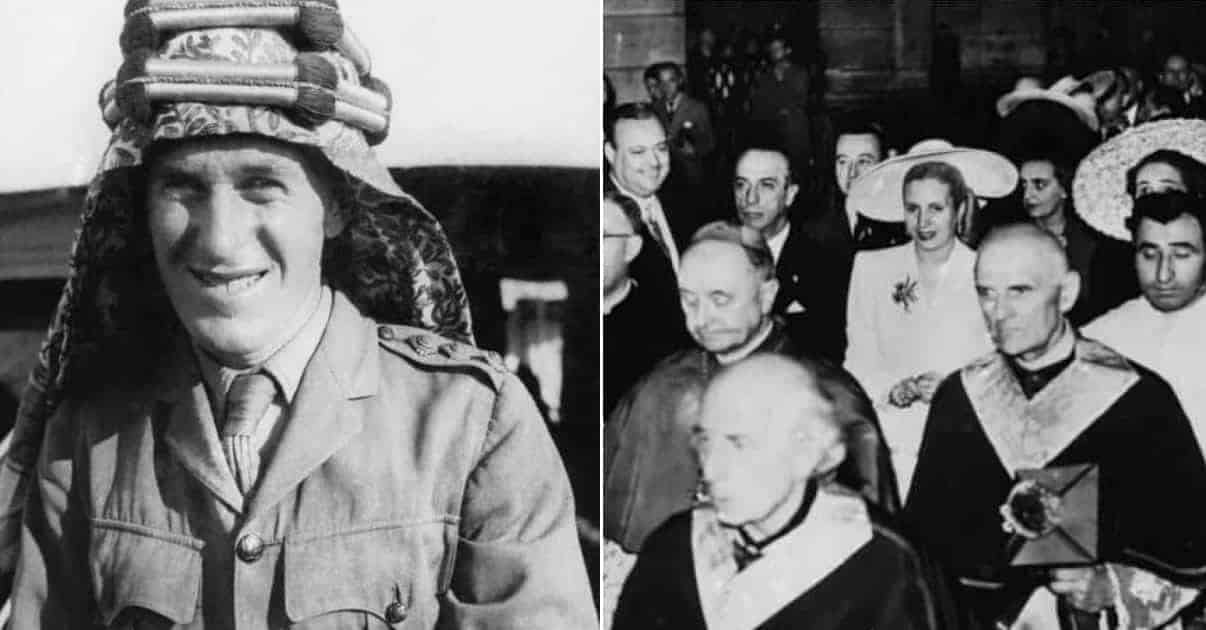Throughout most of history and across most cultures, calling somebody a “bastard” has been used as an insult to stigmatize those born out of wedlock. Of course, to the extent that a morality system penalizes people for something they had no say in, such as whether their parents were married while conceiving them, that system is being immoral. Not to mention illogical and unjust. But logic, morality, or justice, are often trumped by other factors that cause some cultural mores and attitudes to spread and entrench themselves. Thus, bastards usually just had to make their way through life as best they could, while dealing with the stigma attached to their birth.
That being so, it is perhaps unsurprising that throughout history, some of the people with the biggest chips on their shoulder had questionable parentage. Others came to terms with their birth status without the proverbial chip and rose to the heights of success and power despite the social obstacles caused by their irregular familial status. Some of them were bastards in only the literal sense, but others were bastards in all meanings of the word, figuratively as well as literally.

Following are ten of history’s most influential bastards.

William the Bastard
William I (circa 1028 – 1087) was one of two illegitimate children of Robert I, Duke of Normandy, and the pretty daughter of a tanner. During the first half of his life, Duke Robert’s illegitimate son was widely known as William the Bastard. He grew to become one of the Middle Ages’ most formidable warriors and rulers, and in 1066, the bastard led a successful invasion of England. Thereafter, he was known to history as William the Conqueror.
People mocked William as “William the Bastard” since childhood, so he had a chip on his shoulder from early on. When he was eight, William’s father named him heir, then went on pilgrimage to Jerusalem, but died en route. Since he had no legitimate children, the Norman barons agreed to accept his eldest biological son, William, as their new Duke.
The underage duke was unable to control his unruly barons, who took advantage of his tender years to defy his authority. Nobles built private castles, usurped the duke’s power, and turned to private warfare to settle scores and enrich themselves. Before long, Normandy had been plunged into anarchy. In that atmosphere, William’s early reign was precarious in the extreme, and he was under the constant threat of getting deposed. Three of his guardians were murdered, and as a child, he witnessed his steward getting his throat slit by a Norman rebel.
He hung on, however, and the hard and dangerous childhood turned William into a hard and dangerous man. He combined daring with prudence and knew when to strike, and when to withdraw if he found himself at a disadvantage. By his early twenties, William had emerged as a ruthless warrior and ruler, who finally got his turbulent barons under control by resorting to exemplary brutality, including cutting off the hands and feet of rebels.
His greatest accomplishment came in 1066, when William, a cousin of England’s King Edward the Confessor, claimed the throne after the latter’s death without issue. His claim was contested by Harold Godwinson, whom the Anglo-Saxon lords of England had crowned as their king. So William gathered an army, secured the Pope’s blessing for his cause, and sailed to England in September of 1066. On October 14th, he met and defeated the Anglo-Saxon army at the Battle of Hastings, during which King Harold was killed.
After his victory, he conquered England and crowned himself King William I, with momentous consequences. Centuries of Anglo Saxon independence came to an end, to be replaced by Norman rule. For generations, England had been oriented towards the Germanic world from whence the Anglo-Saxons came, and after the Viking Era began, to the North Sea and Scandinavia. William and the Normans reoriented England towards France, the Western European mainstream, and the Mediterranean world.
Read too: For William the Conqueror, Winning the Battle of Hastings Was Only the Beginning.

